Discover how you can have a healthy and happy relationship with your homestead. It starts by understanding the 11 toolboxes of permaculture, which a homestead needs in order to thrive.
Video Transcript:
Thank you, so I’m going to introduce you to the most pivotal 11 toolboxes that permaculture is based upon and what you can do with them. First, we know that people can create a home and a life that are unsustainable, right? And we know that people can also create a home and a life that are sustainable. And we know that permaculture is the difference.
But why is that so? Permaculture is a unique blending of agriculture, landscape, building design, and ecology. All three of these combine to create homes and communities that are sustainable and self-reliant, and it does this by aligning and focusing on natural and ecological systems for inspiration.
Since nature’s infinitely abundant and resilient by design, now this is everything humanity needs not to just survive but thrive as we navigate this strange modern world. And of course, the origin of many of these concepts comes from indigenous people, and we truly want to give them credit for these techniques.
At the same time, what sets permaculture apart is that it is a modern methodology that takes those original concepts and adapts them to present-day living. And we do this through certain tools and techniques that are molded more closely to nature.
Some of these you may be familiar with, such as ecological gardening and food forests, chicken composting systems, rainwater harvesting and swales, solar heating and cooking, passive solar home building, and greenhouse design. And of course, many, many more.
Now, isn’t this the kind of stuff that our dreams are made of? It is for me.
Okay, with that refresher of permaculture in mind, people here at this point are like, “Heck yes, I want that ecological garden and water harvesting tank out back.” But they also ask, “What else is possible? And is it permaculture also about principles and other things?”
First, is permaculture ethics, principles, and patterns. All of the tools and strategies in permaculture are founded in philosophy. In other words, water harvesting is only a permaculture strategy because it’s aligned with the three core fundamentals of permaculture: Earth care, people care, and fair share.
And we begin by learning philosophy as a checkpoint to be able to reference to know that we are indeed creating a landscape in life that promotes well-being for all in a holistic manner.
The second toolbox is ecology and environment. It’s here that we learn about nature, how it interacts with itself, and everything around it. Since nature’s infinitely abundant, healthy, and sustainable, what better model is there? For example, a tree makes its own food by dropping its leaves on the soil surface. Those leaves decompose and turn into organic matter, which builds soil health, retains moisture in the soil in the root zone of the tree, and more.
Now, the next toolbox is soils and soil life, which is everything you need to know to foster and promote healthy soil, which is the linchpin for healthy food and, of course, for a healthy life. Here you get an understanding of how nutrients cycle through the soil via microbes, how to create healthy compost, and compost teas that boost soil life because if you don’t understand the soil foundations, anything in the other toolboxes likely won’t be that successful.
And the fourth toolbox is ecological gardening. And this is where you learn the strategies like perennial gardens, plant gilding, polyculture, holistic pest management, and bio-intensive gardening, just to name a few. It’s the ways that we can garden in alignment with nature, as opposed to against nature.
All right, next, we have the Food Forest toolbox, which is an extension of ecological gardening but begins to blend in permaculture Orchards and even Forest gardening all into one space. It’s how we create low-work Food Systems that last a lifetime or longer.
And six, we have the animal and fungi toolbox, which is where we learn how to incorporate animals respectfully into our systems so that both parties benefit. For example, integrating chickens where people benefit from the eggs, natural Pest Management, and so on, and the chickens live a healthy and natural life.
Next is the water harvesting toolbox, which is as it sounds. It’s where we use tools like roof water harvesting, swales, water harvesting roads, and more. Now, by doing this, we can capture, and store water in tanks for our use, or help sink it into a landscape to help hydrate the environment and restore the groundwater in our watersheds.
Now, the eighth toolbox is Alternative Energy where you’ll see the use of alternative power like solar, photovalox, wind, and hydropower, but it also includes a broader concept called appropriate technology where we look at more applications for low-tech living such as cooking with a solar oven or using the sun to heat hot water to shower or even to use the hot water to heat a home.
The next toolbox is natural building because our homes are often one of the biggest uses of energy. Here we learn how to build energy-efficient structures that are designed to passively heat and cool themselves, minimizing the use of fossil fuels.
Now, these are structures like straw bales or rammed earth homes, Earthships, and passive solar homes. Passive solar greenhouses all the way to even just an earthen wood-fired oven.
Now, our 10th toolbox is regenerative ag and ranching, and this is where larger-scale commercial farming meets permaculture with tools like a keyline design for pasture soil restoration and broad acre water harvesting. And last but not least, is the community toolbox.
These are the tools to create strong and resilient local communities and businesses, including things like how to raise permaculture children. It’s easily summed up by a quote from Mother Teresa: “I can do things you cannot, you can do things I cannot, yet together we can do great things.”
So, is all of this making sense?
Next, let’s look at a real example of one of my students who recently started transforming their backyard using these toolboxes. Right here, this is our very first garden, but it didn’t start out this way. It was patchy grass less than a year ago. Are you wondering how we accomplished this life-changing dream?
For starters, I learned how to build healthy soil, properly compost, and make fertilizer. I learned about different methods of planting and how to create an ecosystem that attracts the species we need. I even learned how to extend our growing season here in zone 6A.
Ashley had everything laid out for her with these toolboxes. She was quickly and easily able to go through the tools in the soil and eco-gardening toolboxes to go from the backyard lawn to her first ecological garden in no time at all. And this is just the first season. Imagine what she will expand to in the years to come with this ecological garden established.
So, the next question that tends to come up is: where do I start with permaculture? And where do I start with these tools? The truth is that the next couple of teachings overall will answer where to start with using permaculture, but for the moment, let’s start off with a higher-level overview, which I call the permaculture approach triangle. So, here’s a visual representation of broadway to approach bringing permaculture into a new or existing property.
You can see that the foundation is soil, which is where one is likely going to start. This is the soil building, creating soil life wherever it’s needed for an Eco Garden, a food Forest, Orchard, pasture, or even just for environmental restoration. What soils are established or are being established, the next step up the triangle is to focus tools and attention on establishing the Food Systems you desire, creating a garden, Orchard, a food forest, for example, and the third step is to address where animals can integrate into the system.
This could be chickens for compost, bees for plant pollination, or light larger livestock for pasture management. Next is to focus attention on resource collection, meaning implementing permaculture tools and strategies to create more on-site resources: your own compost, your own firewood, rainwater harvesting, and so on.
And fifth up the triangle’s home retrofitting, which is any modifications to make a structure more energy efficient, such as adding a solar room to a house, adding a great water system, adding composting toilets, or even a solar photovoltaic power system.
And last but not least is Wildland restoration, this is simply where we focus attention on creating natural habitats for wild animals that are actually beneficial to our permaculture properties. For example, attracting wild birds can be a part of your Pest Management strategy when done properly.
Note that as you move up the triangle, activities or projects tend to become harder and more expensive, but also then have a bigger impact on the level of sustainability and self-reliance. Now, this is of course a broad overview and helps us to just get an idea of where to start. Is that make sense?
All right, so the takeaway here from this secret is that these 11 permaculture toolboxes contain all of the knowledge you need, neatly combined in one place, in the right order. And if you open up these toolboxes, you will also find the knowledge you didn’t even know you were missing.
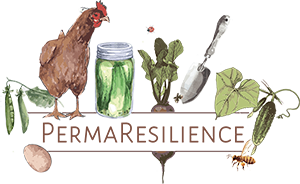

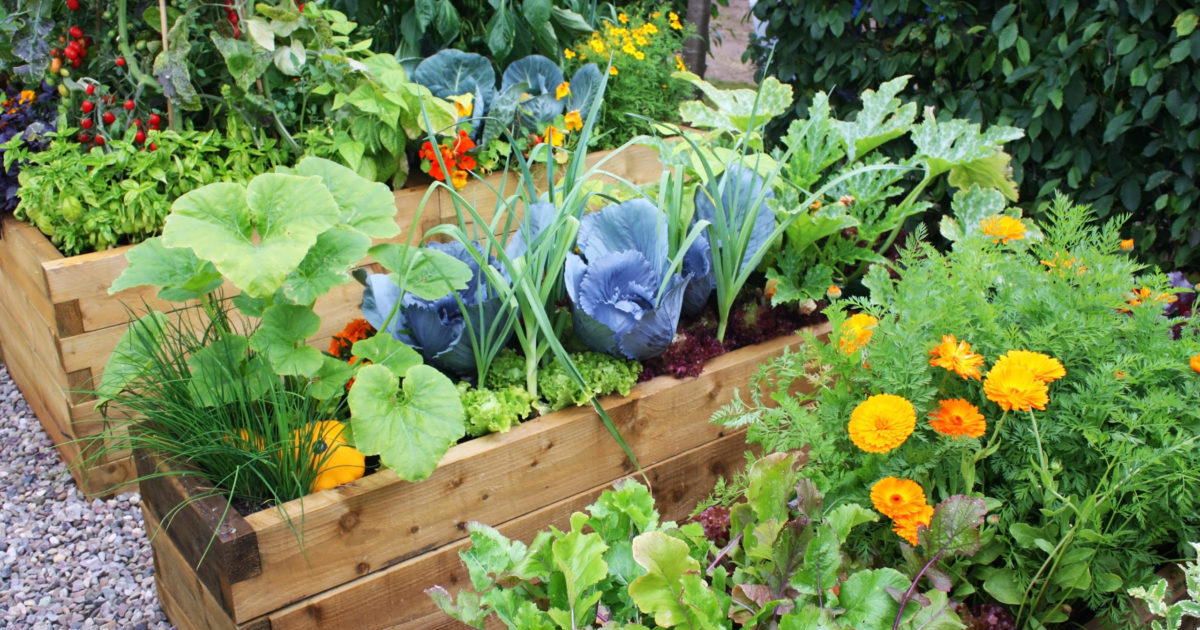
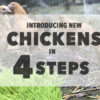
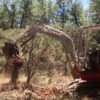

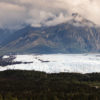

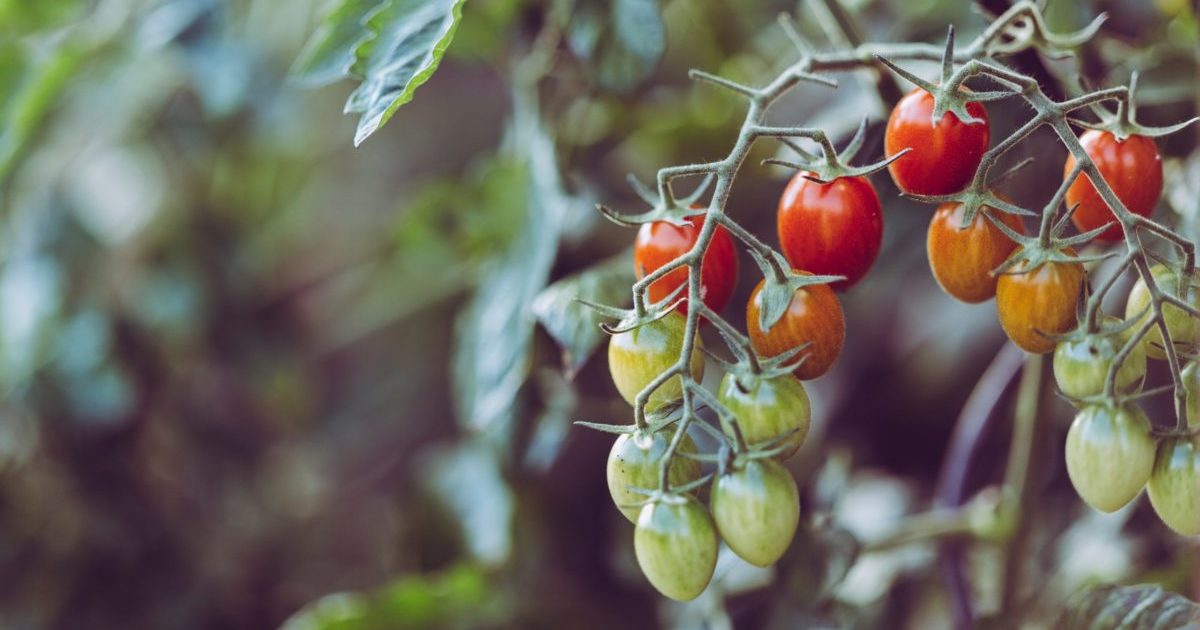
Hi there Bret,
This is exciting and thank you for supplying the community with this valuable information.
We are moving to the grass valley area from Hawaii in beginning of Feb and we are interested in transforming our space to a permaculture design and we need your help.
We are hoping to run a large garden and eatable landscape incorporating all 11 fundamentals that you mention above. Please contact us via mobile 415.583.7146
Or via email for your convenience. Mahalo